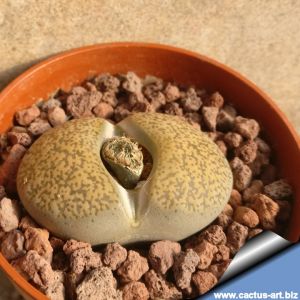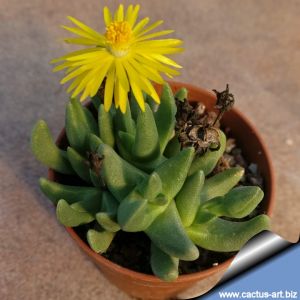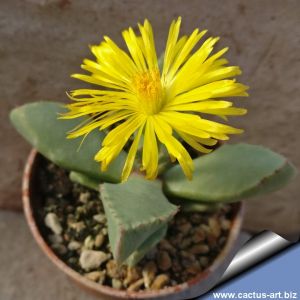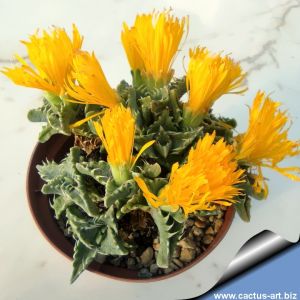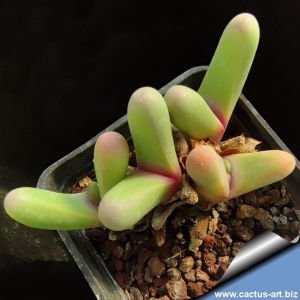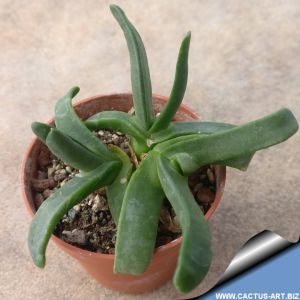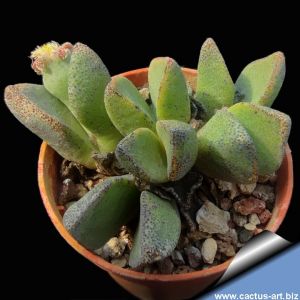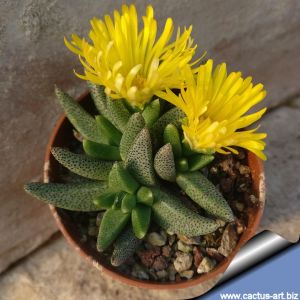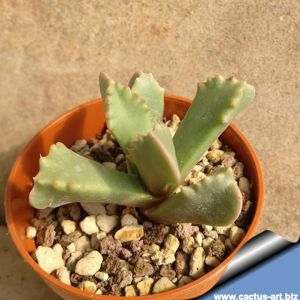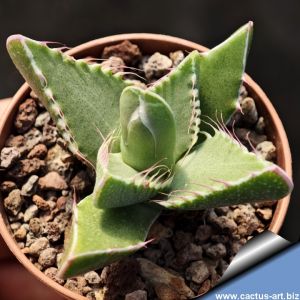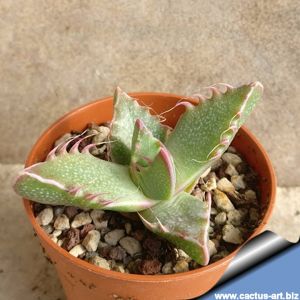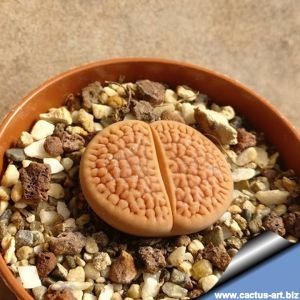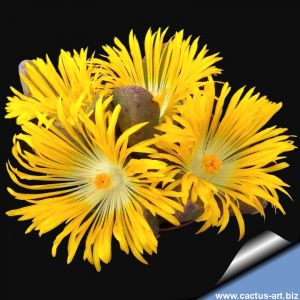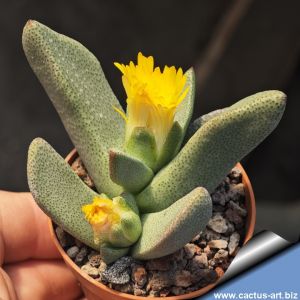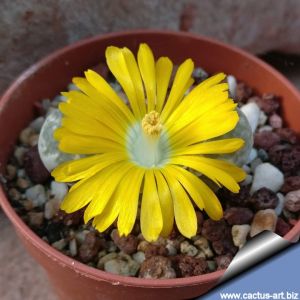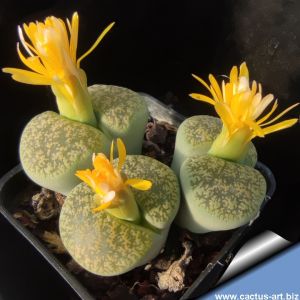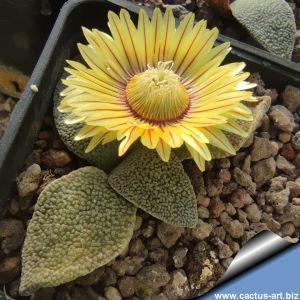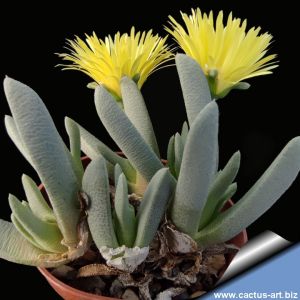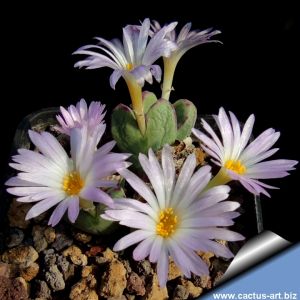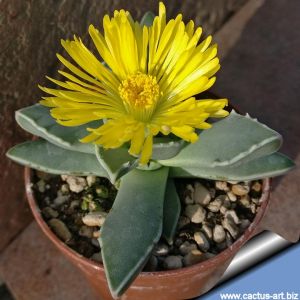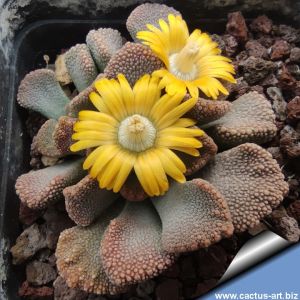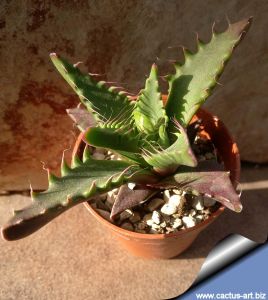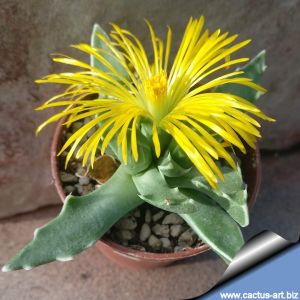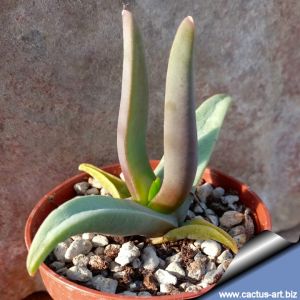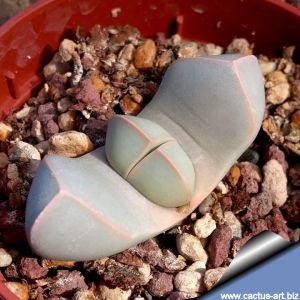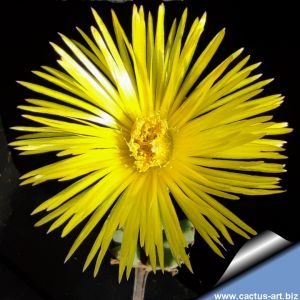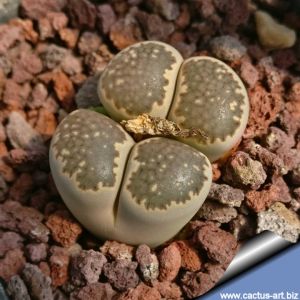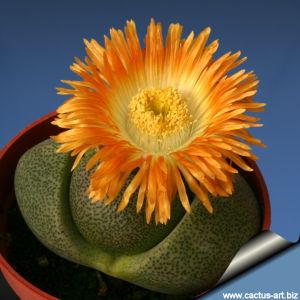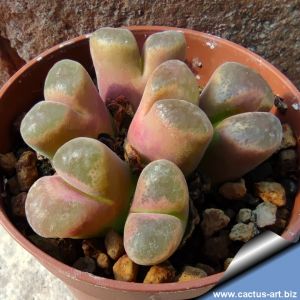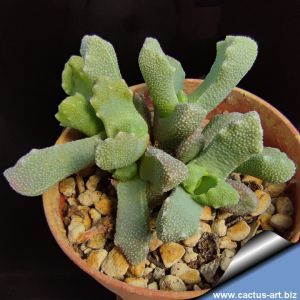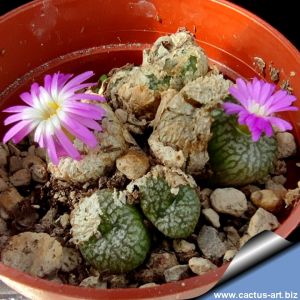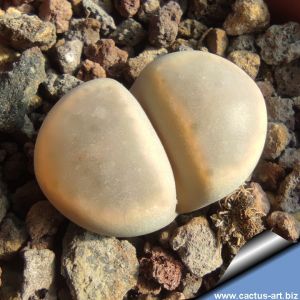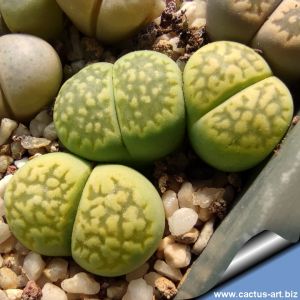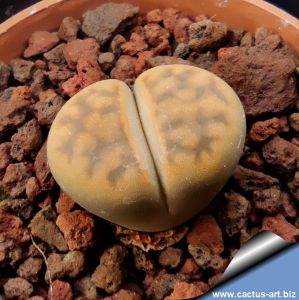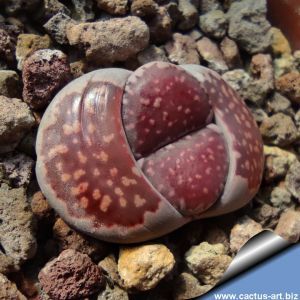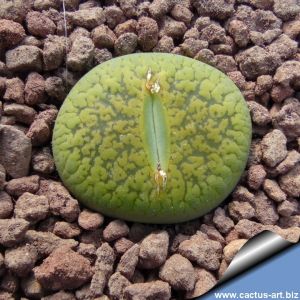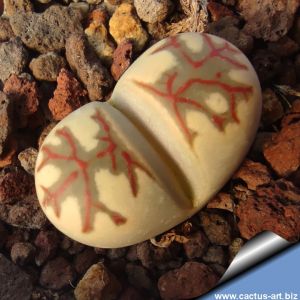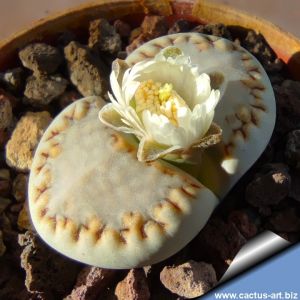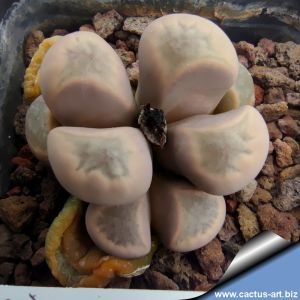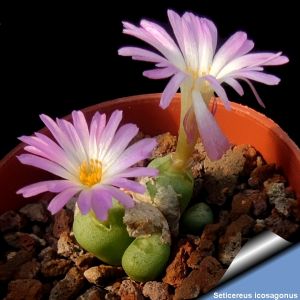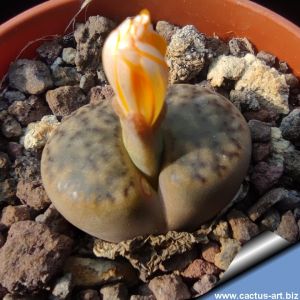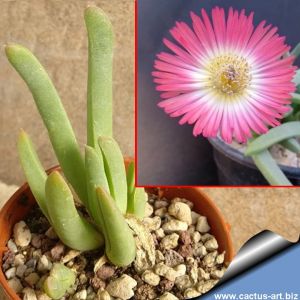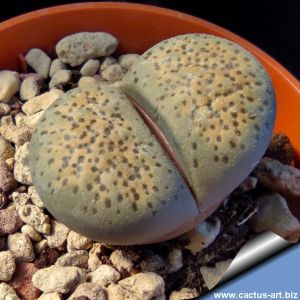-
1
-
2
-
3
-
4
-
5
-
6
-
7
a miniature, short and fat .
-
8
Scalloped green leaves.
-
9
-
10
Yellow flowers, recurved white teeth.
-
11
-
12
-
13
Miniature clusters of tiny flat leaves.
-
14
dense rosettes !
-
15
marbled leaves .
-
16
-
17
-
18
Low, open rosettes of broad, fleshy green leaves, finely speckled with dark grey dots; edges bear white or reddish horny bands and prominent, recurved, hair-like teeth. They produce large golden-yellow flowers with pink margins.
-
19
-
20
narrow leaves .
-
21
-
22
-
23
-
24
Extremely short stems bearing 1–3 pairs of pale green, dark-green-speckled leaves that mimic cracked stones. Freely produces daisy-like flowers between leaf pairs from summer to autumn, forming tight, rounded clumps.
-
25
Stout red teeth.
-
26
A pink gem! C187, from the type locality, features large bodies in a beautiful pinkish hue. This coloration is rare among Lithops and makes it instantly recognizable. Highly prized by collectors of rare color forms.
-
27
-
28
-
29
-
30
-
31
Spatulate leaves with shell-like, recurved margins and elegant raised white warts.
-
32
Plant with wide, flattened leaves resembling alligator skin. Flowers feature yellow petals with a bold red midline. This chromatic contrast is distinctive and makes the species instantly recognizable.
-
33
Dark green to bronzy leaves with white, frost-like tubercles giving a frosted appearance. The petals are vittate, marked by distinct longitudinal stripes.
-
34
Slender, elongated leaves sheathed in a delicate, cigarette-paper-like membrane during dormancy, producing a large yellow bloom in late autumn.
-
35
This is an ancient form with an unusual pale purple colour of flowers, this plant has been cultivated for a long time in the Ligurian Riviera and reproduced to maintain this peculiar colour, rare for a "bilobum".
-
36
-
37
-
38
Flattened, bluish rosettes that develop purple hues with sun and cold. It features distinctive pink warts along the edges of its leaves. Daisy-like yellow flowers.
-
39
-
40
-
41
-
42
Stone-like with thick, greyish-green body rounded leaves, forming dense clumps in age, yellowish flower.
-
43
Sun lover, huge yellow flowers. It is cold hardy.
-
44
Tiny marginal rubrications.
Lithops salicola is surprisingly suited for outdoors, tolerating cold (-10°C) and rain. It blooms in autumn and is perfect for gardens or pots without protection.
-
45
Lithops terricolor (L. localis) is a yellow- blooming living stone and is distinguished especially by the pellucid dots regularly scattered over the top surface of the leaves. It is generally smaller than most Lithops.
-
46
Fine, wispy teeth at the tips of long, thick succulent leaves, grey-green in color and rough to the touch, reaching a maximum height of 5 cm.
-
47
Mottled brown pink window. Variable.
-
48
Has yellow-green to dull-green windows.
-
49
Pleiospilos nelii is a nearly stemless plant with one or more pairs of opposite, almost hemispherical, grey-green or brownish leaves. The surface of the leaves has many small dark spots. The daisy-like flowers are yellow-orange, 6–7.5 cm across.
-
50
Bronze, nice.
-
51
Tiny form.
-
52
Densely growing with tiny leaves giving it a neat, rounded appearance. Produces a large yellow bloom that stands out against the compact body.
-
53
Dwarf succulent with light green to grey, knobby, finely warty leaves. It forms small ground-covering mats and produces delicate blooms with white or soft pink flowers.
-
54
Deep throat. (MG1417.4)
-
55
Tiny heads resembling dwarf Lithops in form, producing delicate patches in yellow-green, ochre, or brown hues.
-
56
Tiny stonelike heads.
-
57
Parte superiore giallo-verde, con finestre più o meno reticolate. Produce fiori bianchi durante l’autunno.
-
58
Ophthalmophyllum verrucosum (Conophytum verrucosum) has brown warty leaves and white flowers. This species must be one of the finest of the genus and also one of the most interesting of the many small Mesembs.
-
59
Robust caespitose plant, bodies up to 7 centimetres tall and 3 cm wide. The leaf-tips (lobes) are free and are 10 mm long, triangular in shape and keeled. The flowers up to 3 cm in diameter are the largest of the genus.
-
60
Rusty red lines, one of the best.
-
61
Red dots and lines, coarse.
-
62
Small dark lilac-purple bodies.
-
63
Attractive Lithops cultivar with a light yellow-green to ochre-yellow body adorned with dark olive-green dendritic patterns and white flowers.
-
64
Striking cultivar with vivid red zigzag markings set against mustard-grey blotches and a soft grey backdrop. Patterns differ widely—no two specimens look the same.
-
65
Dark red brown window.
-
66
NEW. Rare, limited quantity! Very nice rusty-red and brown top!
-
67
Thin bright marginal lines.
-
68
Milky pink grey body.
-
69
Odd shapes.
-
70
Pale brown body with clear lines.
-
71
-
72
Earth-toned upper surface in warm ochre-rust shades, decorated with fine dark speckles that create a subtle, natural contrast.




